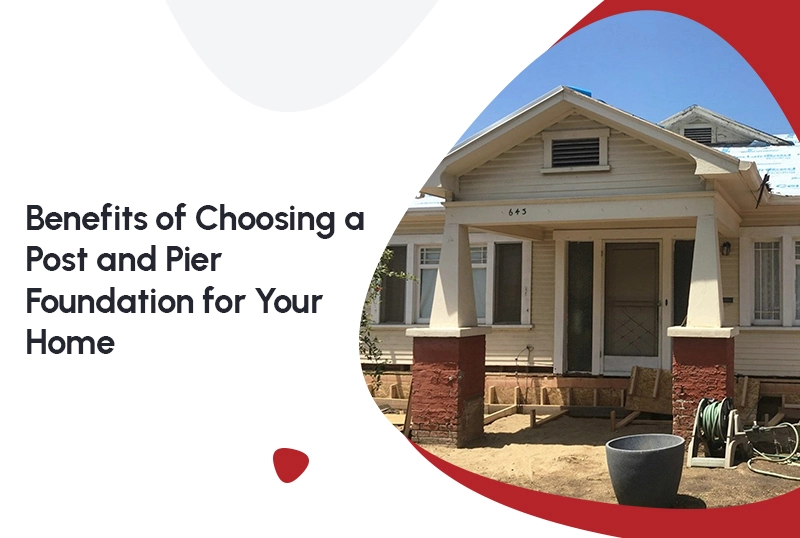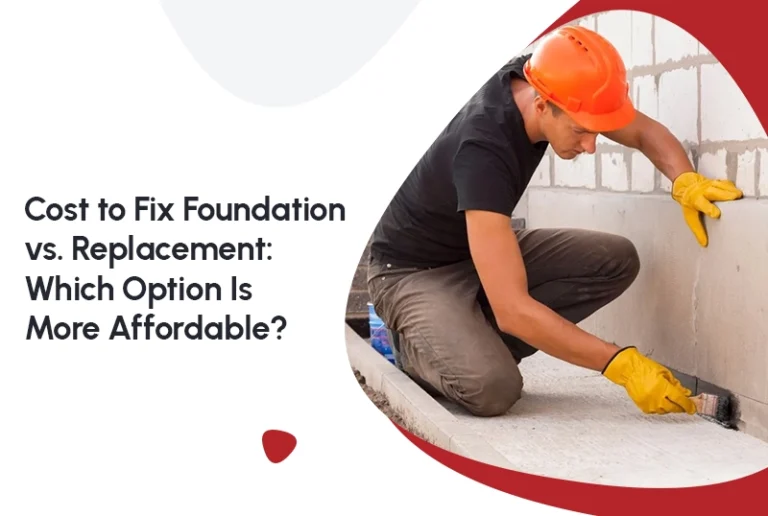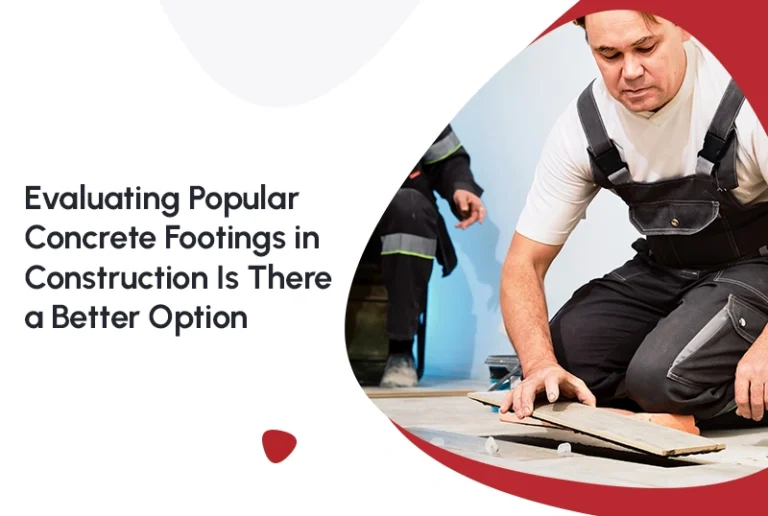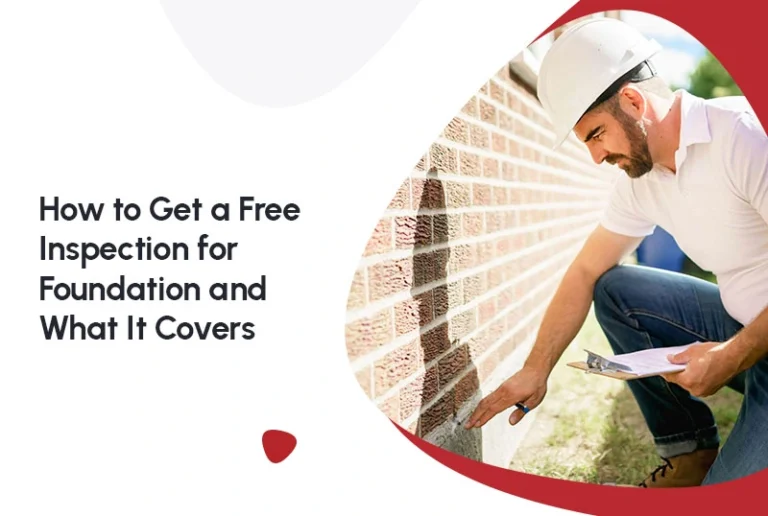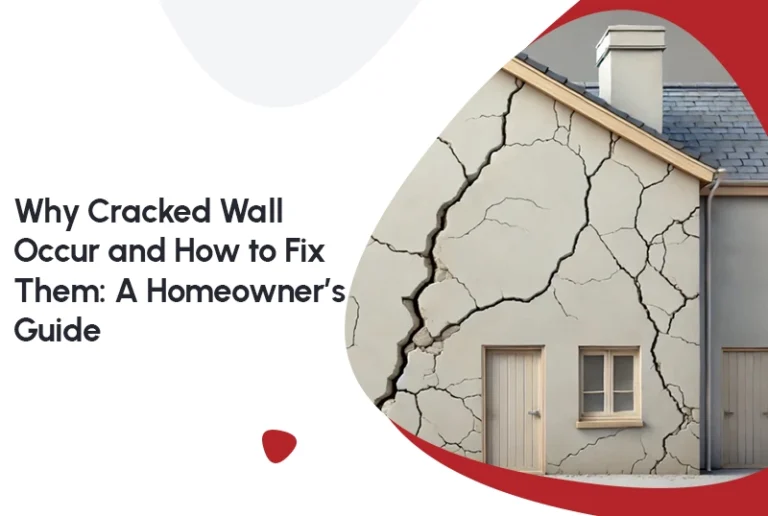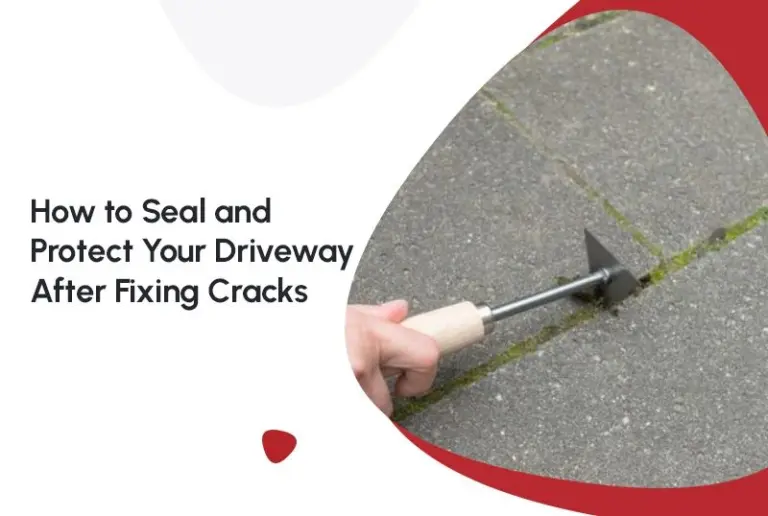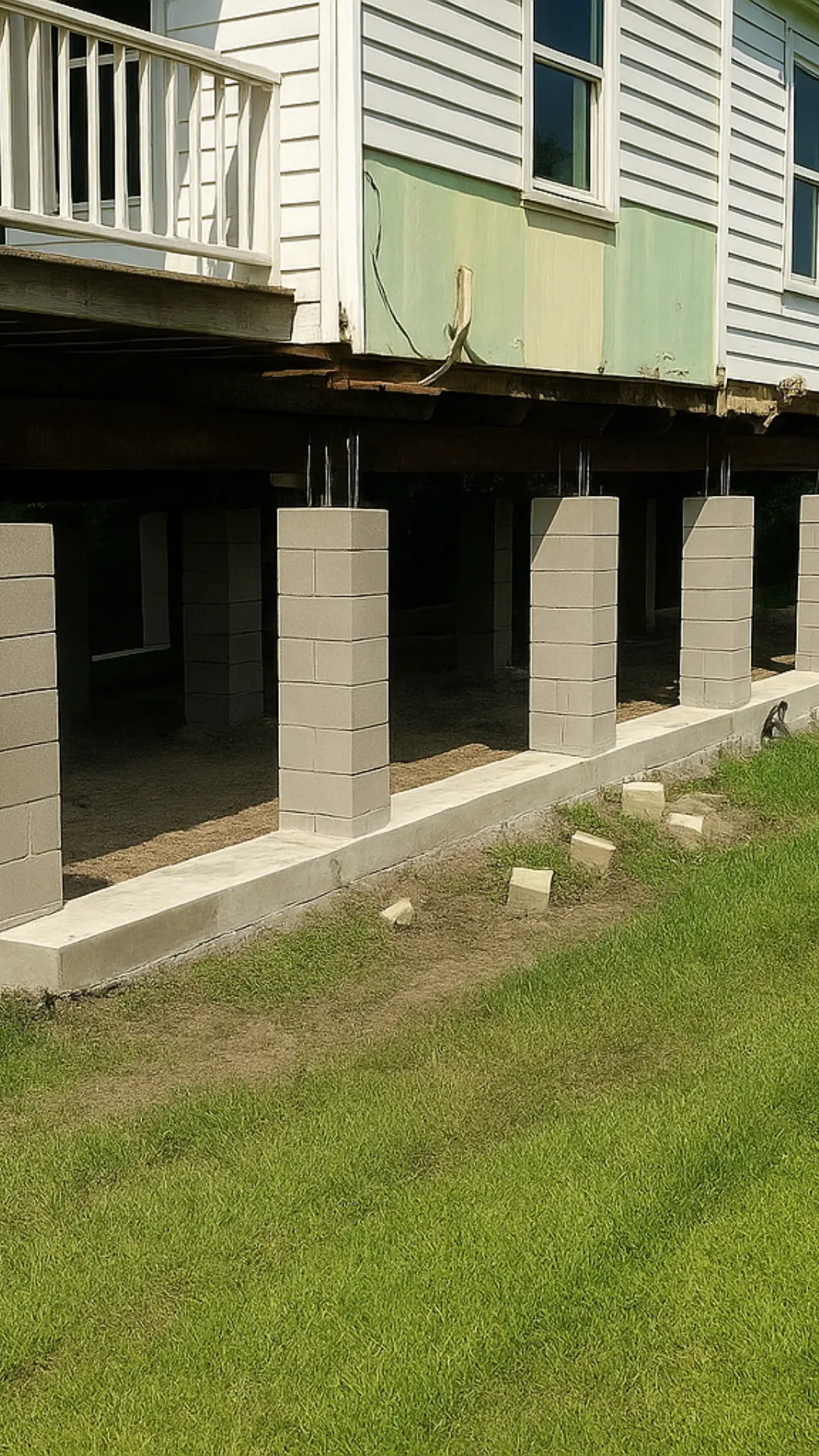When it comes to building or renovating your home, the foundation is one of the most critical components. A post and pier foundation is a unique option that offers several benefits, especially for homes built on uneven or sloped terrains. This foundation type is an excellent choice for homeowners looking for long-term stability and fewer maintenance issues.
Moreover, it makes foundation repair easier in the future, ensuring that your home remains structurally sound over the years. We’ll discuss the advantages of post and pier foundations and why they may be the best option for your home.
1. Post and Pier Foundation Enhanced Stability and Durability
It offers significant stability for your home, making it less prone to shifting compared to concrete slab foundations. The posts, which are placed deep into the ground, provide a solid base that prevents movement even in areas with expansive soils or unstable terrain. Unlike a concrete slab foundation, which can crack and settle over time, a post and pier foundation can adapt to soil movement, keeping your home level and secure.
Prevents uneven settling:
This foundation type is ideal for homes built on uneven ground. Elevating your home off the soil allows the foundation to shift without affecting the rest of the structure.
Better moisture resistance:
The space beneath the house created by the posts helps with moisture drainage, reducing the risk of water damage or mold growth, which is a common problem with slab foundations.
In addition, a post and pier foundation can be reinforced with foundation repair methods, ensuring that your home remains stable for many years.
2. Post and Pier Foundation Ideal for Sloping
If your property has sloping or uneven land, a post and pier foundation may be the best choice. The posts can be adjusted to accommodate different soil levels, ensuring that your home remains level despite the terrain. This flexibility makes post and pier foundations a cost-effective option for areas with challenging topography.
For example, when building on a hill or an area with expansive soil, it can be expensive to level the ground for a concrete slab foundation. The post and pier foundation eliminates the need for extensive grading work, saving you time and money. Additionally, this type of foundation can be adapted as your home settles, reducing the need for house leveling in the future.
Fewer site preparation costs:
No need for expensive excavation or grading, which can be necessary for concrete slab foundations.
Easy to adjust:
The adjustable posts make it easier to level the home as needed, ensuring long-term stability.
3. Moisture Control and Better Air Circulation
One of the major advantages of a post and pier foundation is the crawl space it creates beneath the house. This space allows for natural air circulation, reducing moisture buildup under the home. Moisture can be a significant concern for concrete slab foundations, which can trap water and lead to damage over time. However, with a post and pier foundation, the elevated structure helps prevent water from pooling under your home.
Prevents water damage:
By raising your home above ground level, a post and pier foundation minimizes the risk of water damage to the foundation and helps keep the interior dry.
Improved indoor air quality:
Proper ventilation beneath the house can prevent mold, mildew, and humidity from affecting your living space.
This moisture control is particularly beneficial for homeowners in areas with high rainfall or humidity, where foundation repair due to moisture is more common.
4. Easy Access for Repairs and Maintenance
Unlike concrete slab foundations, which can be difficult and expensive to repair, a post and pier foundation provides easy access to the crawl space beneath your home. This access makes it much easier to perform maintenance and repairs on plumbing, electrical systems, and even the foundation itself. Whether it’s a routine inspection or emergency repairs, the crawl space allows professionals to work without disturbing the main structure.
Quick fixes:
Any plumbing or electrical issues can be addressed quickly, saving time and reducing repair costs.
Easier foundation inspections:
The accessible crawl space makes it easier for foundation experts to inspect and maintain the foundation.
This accessibility can be a lifesaver when dealing with foundation repair issues down the road.
5. Cost-Effective and Customizable
It is often more affordable than a concrete slab foundation because it requires fewer materials and less labor. The posts are typically made from wood, steel, or concrete, which can be chosen based on your budget and needs. Additionally, the post and pier foundation can be customized to fit your home’s design, terrain, and local climate conditions.
Lower installation costs:
Because the installation process is simpler, a post and pier foundation generally costs less than a concrete slab foundation.
Flexible design:
The foundation can be adapted to various home sizes and shapes, making it a versatile option for many homeowners.
Furthermore, house leveling becomes much easier with a post and pier foundation, saving you from more expensive repairs in the future.
Conclusion
It offers numerous advantages, including increased stability, cost-effectiveness, and better moisture control. It is particularly suitable for homes built on sloped terrain or in areas prone to moisture-related issues. With its ability to be adjusted over time, a post and pier foundation is a long-term solution that minimizes the need for costly repairs, including concrete slab foundation repair. If you’re building a home or renovating an existing one, consider the benefits of this type of foundation, especially in comparison to concrete slab foundations.
Whether you’re concerned about moisture, soil movement, or the cost of installation, a post and pier foundation provides an adaptable and durable solution. Reach out to a professional foundation expert to determine if this type of foundation is right for your home and ensure the long-term health and stability of your property.
FAQs
1. How long does a post and pier foundation last?
With proper maintenance, a foundation can last for several decades. Regular inspections and upkeep are essential for long-term durability.
2. Can a post and pier foundation be used in all climates?
Yes, post and pier foundations are versatile and can be adapted to different climates. They are particularly beneficial in areas with high humidity or frequent rainfall.
3. How do I maintain?
Regular inspections for moisture, shifting posts, and wear are key. Ensure proper drainage and clear the crawl space for optimal maintenance.
4. Is a post and pier foundation better than a concrete slab foundation?
It depends on your needs. Post and pier foundations suit sloped terrain and moisture control, while concrete slab foundations offer low maintenance and durability.
